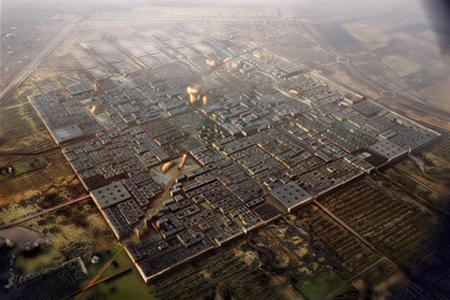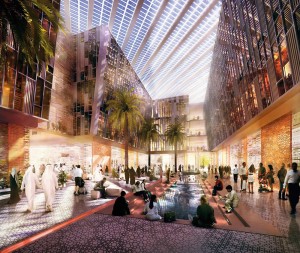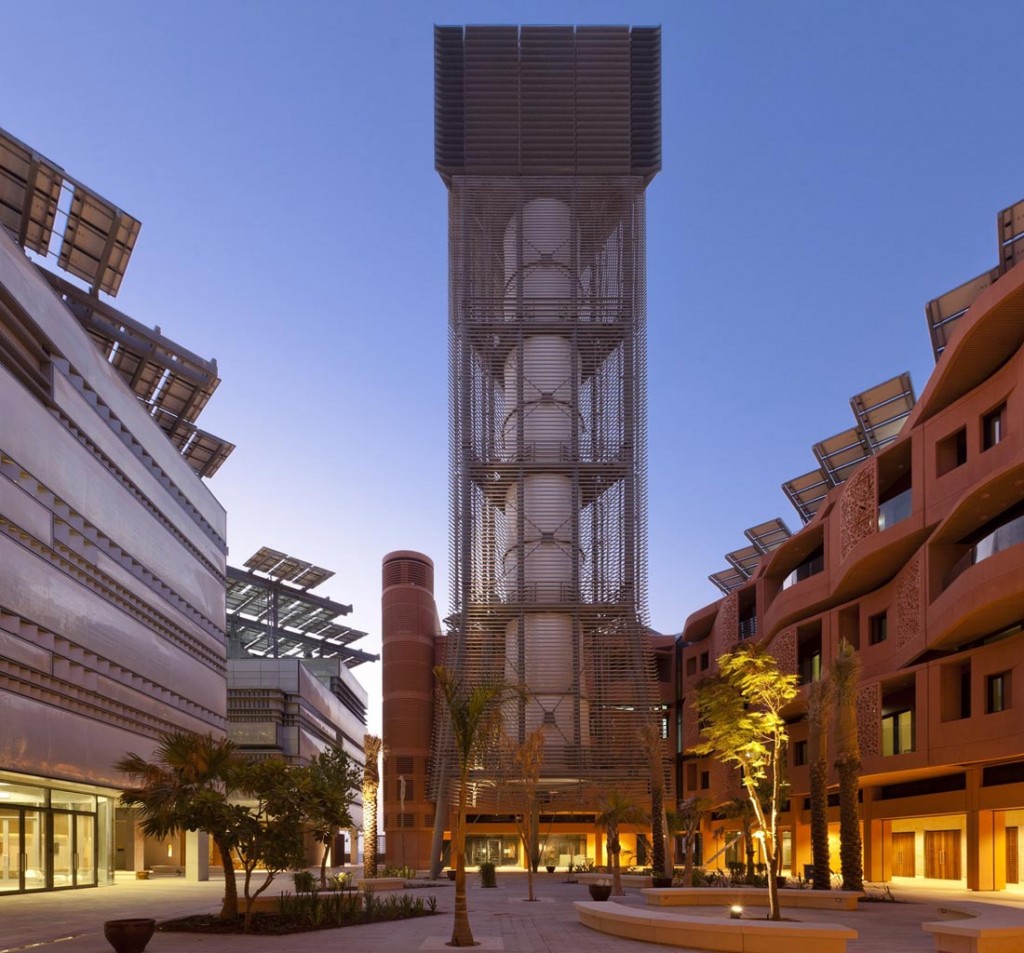Masdar: A Triumph of Carbon Neutral City Building
Carbon Neutral City of the Future
Planned cities have been a part of human culture and civilization for millennia; they are nothing new even if organic growth has been the more conventional way to develop towns and cities. Planning found a resurgence in the 20th century and in recent years, a lot of effort has been expended by architects to design and plan cities as an organic unit in order to make them as green as possible as well as efficient for the people who live there. Masdar is one such carbon neutral city of the future.
Masdar is a planned city in the state of Abu Dhabi – one of seven states that make up the United Arab Emirates. Playground of the rich and famous from all over the world, the state has seen an influx of technological innovation in the last decade and that has led to the creation of Masdar, the conceptual carbon neutral city for the future. It has been under construction for a few years and is not projected to be complete until around 2025 but when it is, it is expected to be the first of many large carbon neutral cities.
Technology
People already live and work there, and those that do enjoy natural air conditioning from 45m tower that sucks air from above the city and drives it downwards, filtering into the streets below. It was designed on technology far more ancient that we see across antiquity in the Arab world, it also respects traditional architectural designs and may prove to be part of the air conditioning of the future in order to create the ideal carbon neutral city.
To aid this cooling effect, the city is being built on a slightly raised platform which reduces the carbon emissions from the use of very non-green air conditioning that is necessary in the hot, dry climate of the Middle East.
There are other passive technologies that aid the temperature and do not give out carbon emissions. For example, the streets are narrow and close together – defying centuries of Arab tradition of building wide thoroughfares for access and to carry as much traffic as possible. In contrast, Masdar uses the buildings to shade each other, once again promoting the sense of community and thinking of the city as an organic unit.
The narrow streets mean that there are no cars; residents get about the small city by underground electric, driver-less shuttles. The tunnels are designed to minimize heat loss, aiding carbon neutral city conceptual design.
Inside the Buildings
As well as removing the need for air conditioning, architects have designed and constructed buildings without light switches or faucets. These have been replaced with motion sensor technology, which is now common in most new builds. The city management says that this alone has reduced water and electricity usage by over 50%, putting Masdar on the road to being a flagship of carbon neutral city design.
The city is by no means complete, and it is still working on its concept but for many it is a step forward in communal city and building design.
August 11, 2015


